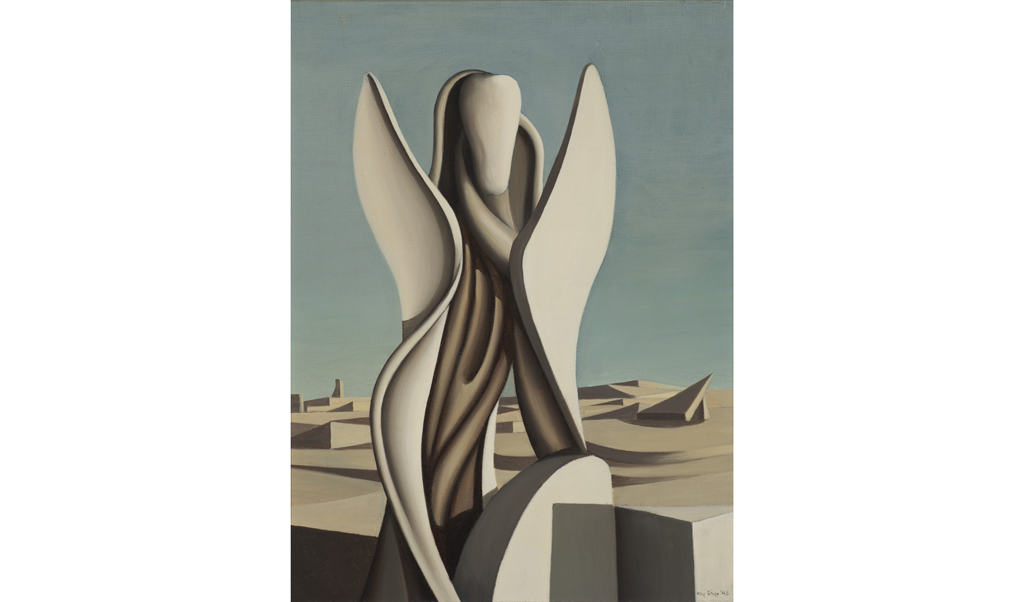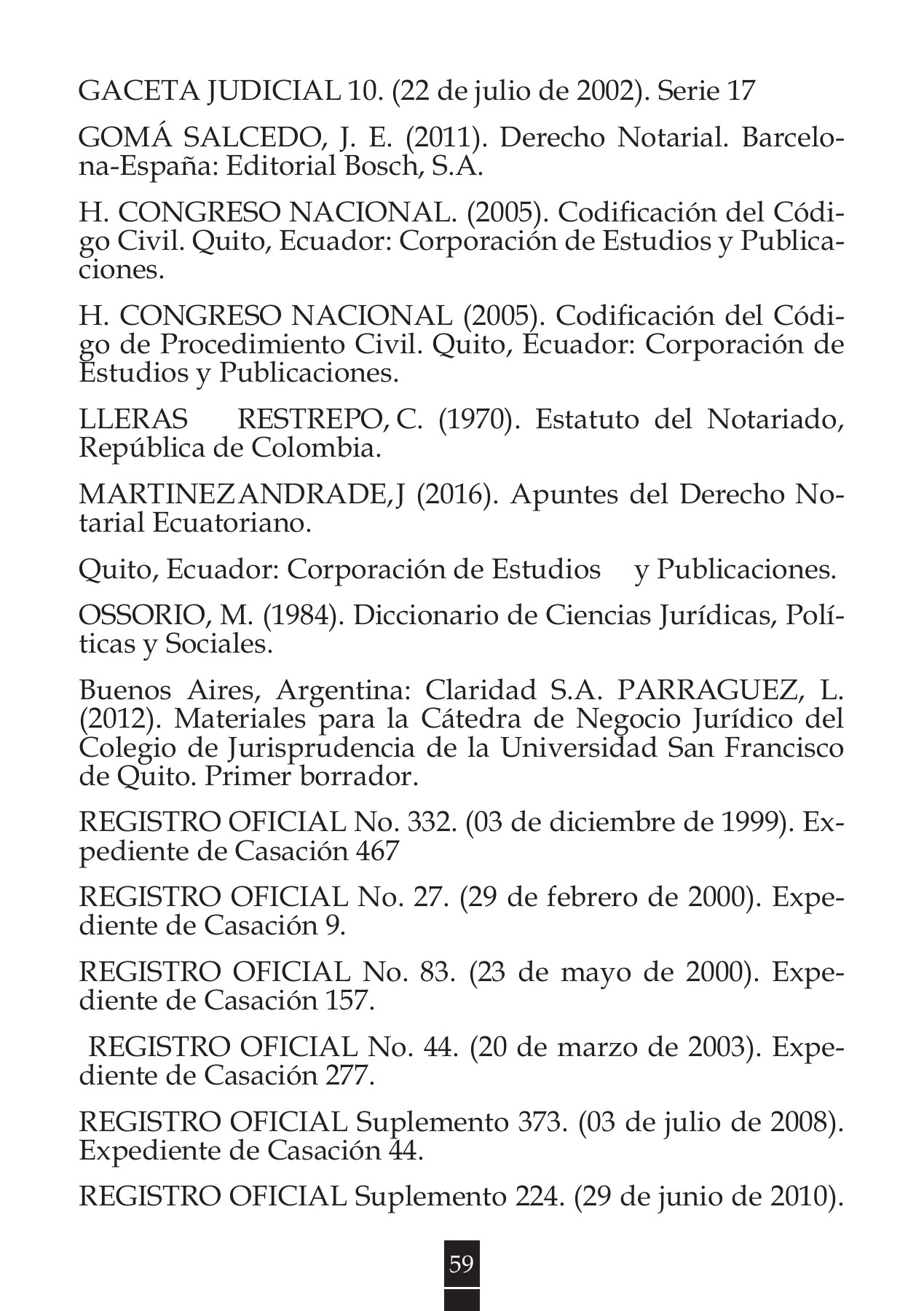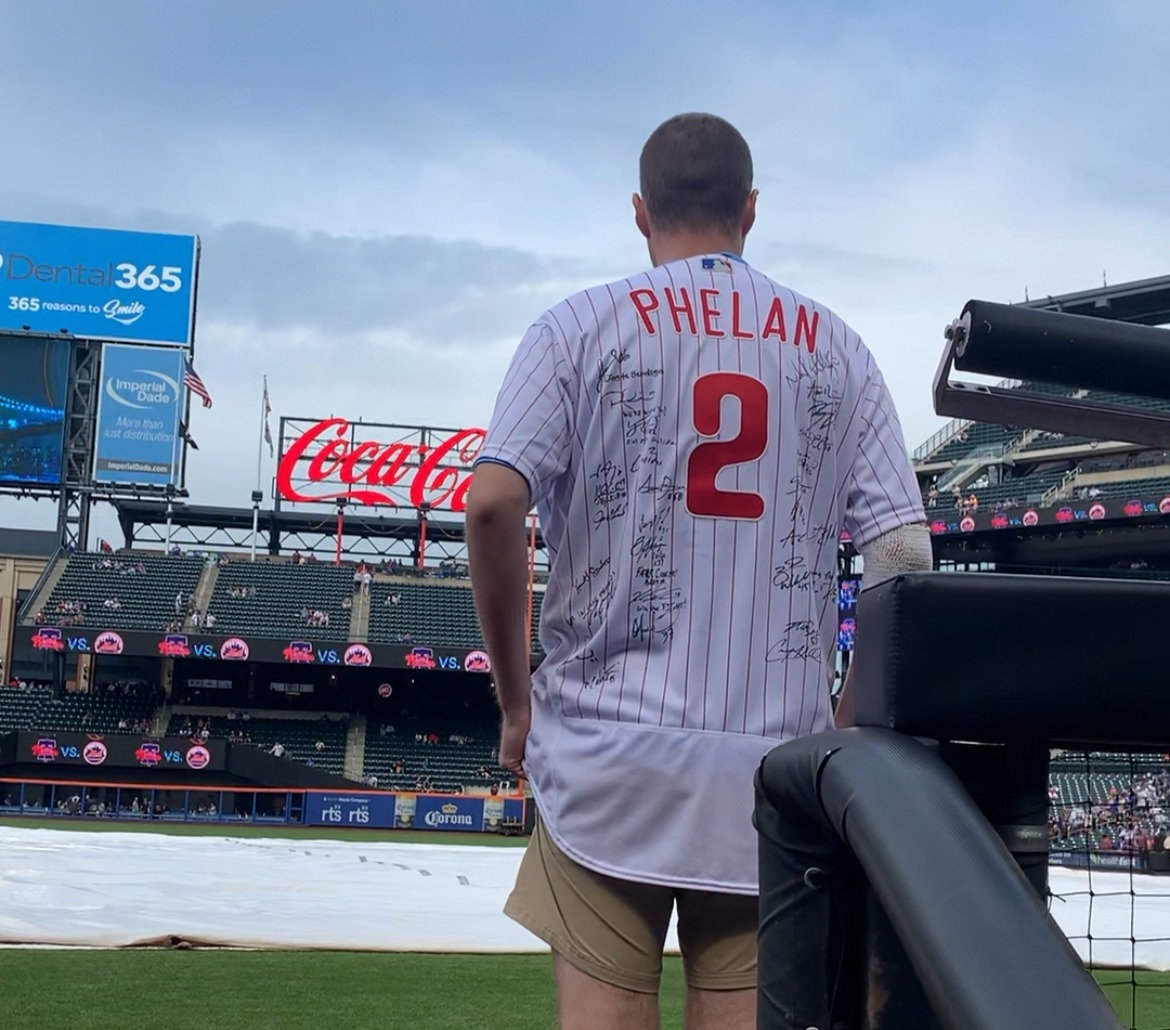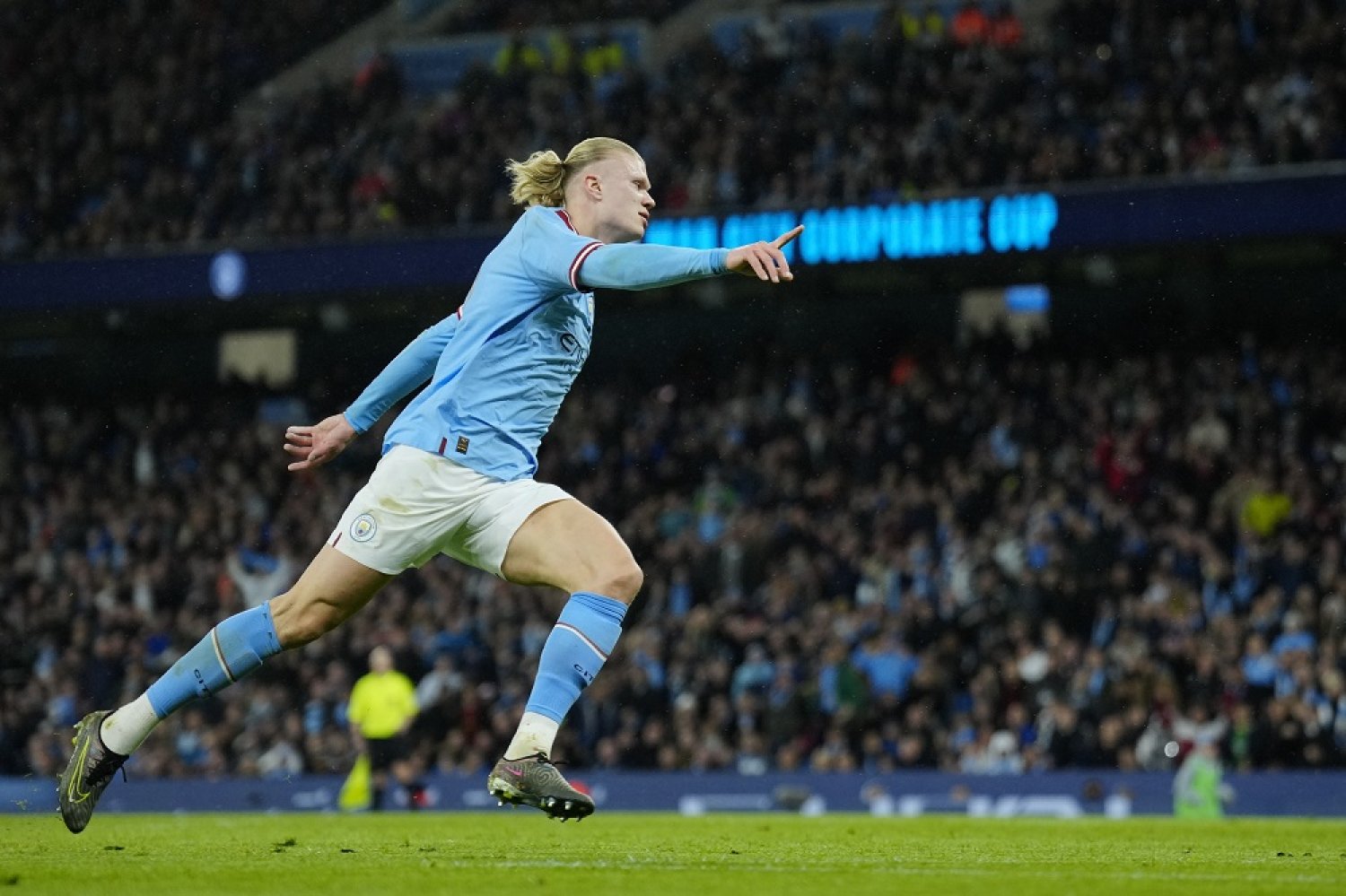Modern Life In The Global Artworld (1850-1950): An Art Review

Table of Contents
The Rise of Realism and its Global Impact
Realism's Reaction to Industrialization and Social Change
Realism, a powerful reaction against the idealized Romanticism of the previous era, emerged as a direct response to the harsh realities of industrialization and social upheaval. Artists like Gustave Courbet and Jean-François Millet courageously depicted the lives of ordinary working people, focusing on the poverty, labor, and social injustices prevalent in 19th-century society. This stark portrayal contrasted sharply with the romantic, often aristocratic, subjects favored by earlier artists.
- Gustave Courbet's The Stone Breakers (1849) powerfully illustrates the grueling physical labor of the working class.
- Jean-François Millet's The Gleaners (1857) depicts peasant women collecting leftover grain, highlighting their marginalized position in society.
- Honoré Daumier's satirical lithographs exposed the corruption and hypocrisy of Parisian society.
Realism's influence extended beyond France. Variations of the style emerged across the globe, reflecting the unique social and political contexts of different nations. For example, Realist painters in Latin America depicted the realities of post-colonial life, while those in Russia tackled themes of social injustice and peasant life under Tsarist rule.
Realism's Influence on Photography and its Artistic Legacies
The rise of photography in the mid-19th century profoundly impacted Realism. Photography's ability to capture objective reality offered a new tool for representing the world, influencing realist painting techniques and subject matter. The detail and precision of photography encouraged Realist painters to strive for greater accuracy in their depictions of the everyday world.
- Nicéphore Niépce's early experiments in photography paved the way for the medium's rapid development.
- Gustave Le Gray's seascapes exemplified the photographic potential for capturing realistic detail.
- Julia Margaret Cameron's portraits showcased the medium's ability to render psychological depth.
Impressionism and the Dawn of Modern Art
Key Characteristics of Impressionism and its Pioneers
Impressionism, arguably the most influential art movement of the late 19th century, revolutionized painting. Its emphasis on capturing fleeting moments, the subjective effects of light and color, and the spontaneous brushstrokes challenged the academic traditions of the past. The movement's key figures include:
-
Claude Monet: Master of capturing the ephemeral quality of light and atmosphere, particularly in his series paintings of haystacks, water lilies, and Rouen Cathedral.
-
Pierre-Auguste Renoir: Known for his vibrant depictions of Parisian life, often featuring elegant figures in outdoor settings.
-
Edgar Degas: Celebrated for his paintings and sculptures capturing the movement and grace of dancers and everyday life.
-
Camille Pissarro: A pioneer of Impressionism, bridging the gap between Realism and Impressionism.
-
Monet's Impression, soleil levant (1872) – the painting that gave the movement its name.
-
Renoir's Bal du moulin de la Galette (1876) – a vibrant portrayal of Parisian leisure.
-
Degas' The Dance Class (1874) – a masterful depiction of movement and perspective.
Impressionism's Global Reach and Diverse Interpretations
Impressionism's influence quickly spread beyond France, inspiring artists worldwide to experiment with light, color, and spontaneous brushwork. American Impressionists, such as Mary Cassatt, adapted the style to depict American life, while Japanese artists incorporated Impressionistic techniques into their own unique artistic traditions. This global reach demonstrates the movement's lasting impact on the development of modern art.
Art Nouveau and the Aesthetic Movement: A Global Embrace of Ornamentation
Key Characteristics of Art Nouveau and its International Styles
Art Nouveau, flourishing at the turn of the 20th century, embraced organic forms, flowing lines, and decorative motifs inspired by nature. This decorative style was seen in architecture, graphic design, and decorative arts. Key figures include:
- Alphonse Mucha: Famous for his elegant posters and illustrations, epitomizing the style's graceful lines and decorative flourishes.
- Antoni Gaudí: Whose architectural masterpieces in Barcelona, such as the Sagrada Família, showcase Art Nouveau's expressive use of organic forms.
Art Nouveau styles varied significantly across different countries, reflecting local traditions and tastes. For instance, Viennese Art Nouveau, often called Secessionist style, possessed a more geometric and abstract quality than its French counterpart.
The Influence of Art Nouveau on Architecture, Design, and the Everyday Life
Art Nouveau's impact extended beyond fine art, influencing architecture, graphic design, and the design of everyday objects. The style permeated public spaces, shaping the aesthetics of buildings, posters, furniture, jewelry, and even tableware. This widespread adoption reflected its appeal across social classes and its successful integration into various aspects of modern life.
Early Modernism and its Diverse Expressions
The Birth of Modernism and its Key Precursors
Early Modernism, emerging from the late 19th and early 20th centuries, represented a radical departure from previous artistic traditions. Movements such as Post-Impressionism and Symbolism laid the groundwork for Modernism’s embrace of abstraction and experimentation. Key figures included:
- Vincent van Gogh: Whose expressive use of color and brushstrokes paved the way for Expressionism.
- Paul Cézanne: Whose analysis of form and structure anticipated Cubism.
- Paul Gauguin: Whose exploration of symbolism and primitive cultures influenced many later artists.
Exploring Fauvism, Expressionism, and Cubism
Fauvism, Expressionism, and Cubism each offered unique approaches to form, color, and representation.
- Fauvism: Characterized by bold, non-naturalistic colors and simplified forms (e.g., Henri Matisse, André Derain).
- Expressionism: Focused on conveying inner emotions and subjective experiences through distorted forms and intense colors (e.g., Ernst Ludwig Kirchner, Edvard Munch).
- Cubism: Revolutionized representation through the fragmentation of objects and the depiction of multiple perspectives simultaneously (e.g., Pablo Picasso, Georges Braque).
These movements, and their diverse interpretations across various geographical locations, reflected the growing fragmentation and complexities of modern life.
Conclusion: A Review of Modern Life in the Global Artworld (1850-1950)
This art review has explored the major artistic movements that defined "Modern Life in the Global Artworld (1850-1950)." From the social commentary of Realism to the revolutionary innovations of Impressionism, Art Nouveau, and early Modernism, this period represents a pivotal moment in art history. The interplay between social, technological, and global changes profoundly shaped artistic production, resulting in a rich and diverse tapestry of styles and expressions.
To delve deeper into this fascinating era, we encourage you to explore the world of "Modern Life in the Global Artworld (1850-1950)" further. Visit museums featuring works from these periods, explore books and scholarly articles on specific artists and movements, and engage with online resources such as the websites of major art museums. The journey of discovery awaits!

Featured Posts
-
 Primarias 2025 Analisis De Los 18 Recursos De Nulidad Presentados Al Cne
May 19, 2025
Primarias 2025 Analisis De Los 18 Recursos De Nulidad Presentados Al Cne
May 19, 2025 -
 Citi Field Hosts Mets Blue Jays Series
May 19, 2025
Citi Field Hosts Mets Blue Jays Series
May 19, 2025 -
 Switzerlands Eurovision 2025 Bid Luca Haennis Expected Contribution
May 19, 2025
Switzerlands Eurovision 2025 Bid Luca Haennis Expected Contribution
May 19, 2025 -
 Kamala Harris Political Future Whats Next For The Vice President
May 19, 2025
Kamala Harris Political Future Whats Next For The Vice President
May 19, 2025 -
 Norway Cruises To 5 0 Victory In World Cup Qualifiers Haalands Impact
May 19, 2025
Norway Cruises To 5 0 Victory In World Cup Qualifiers Haalands Impact
May 19, 2025
